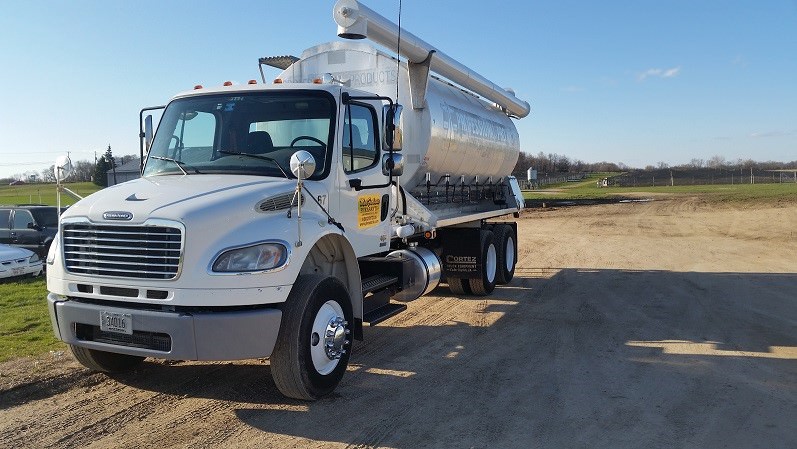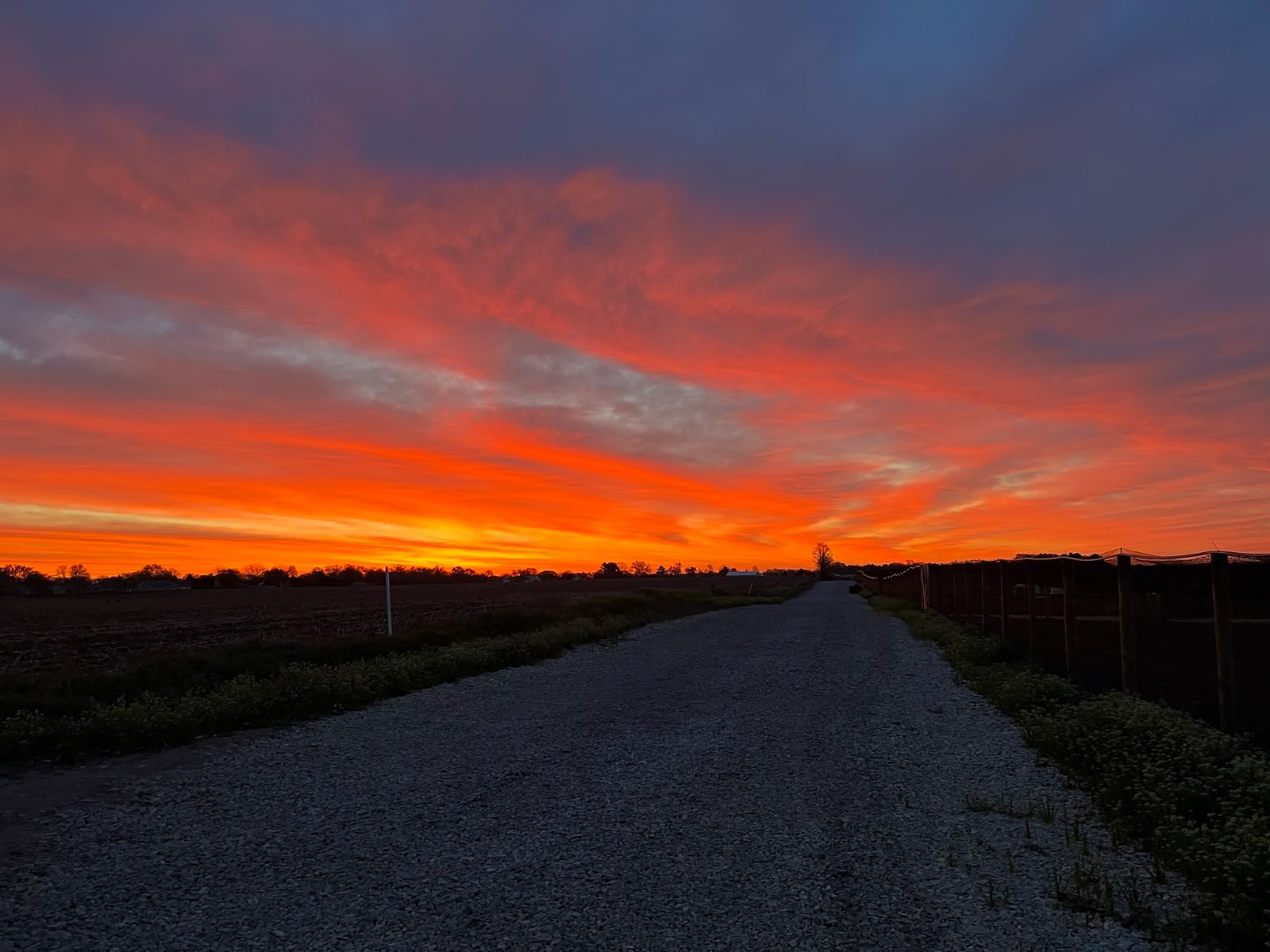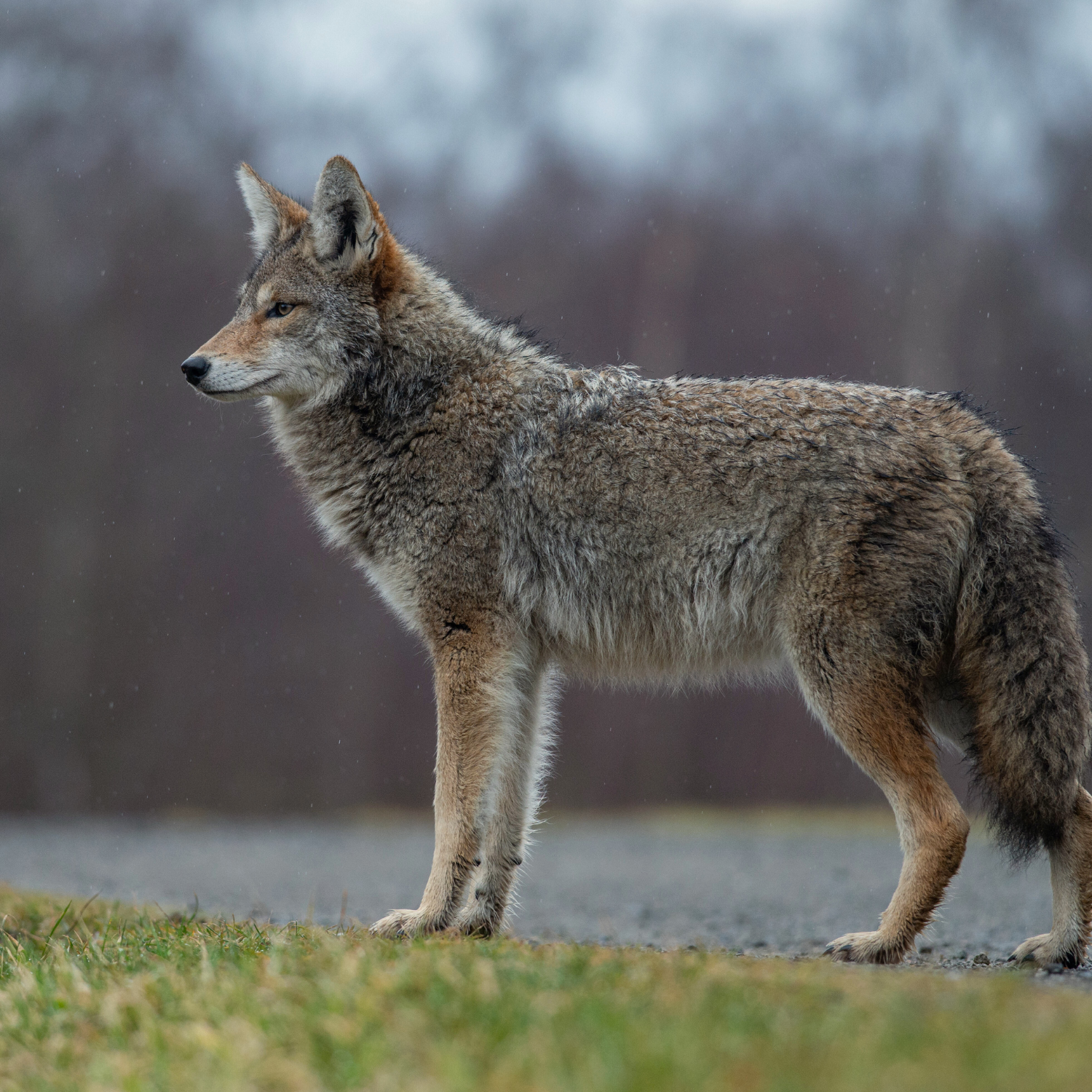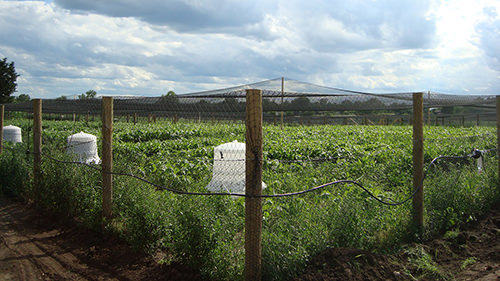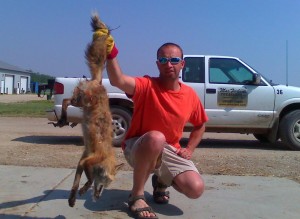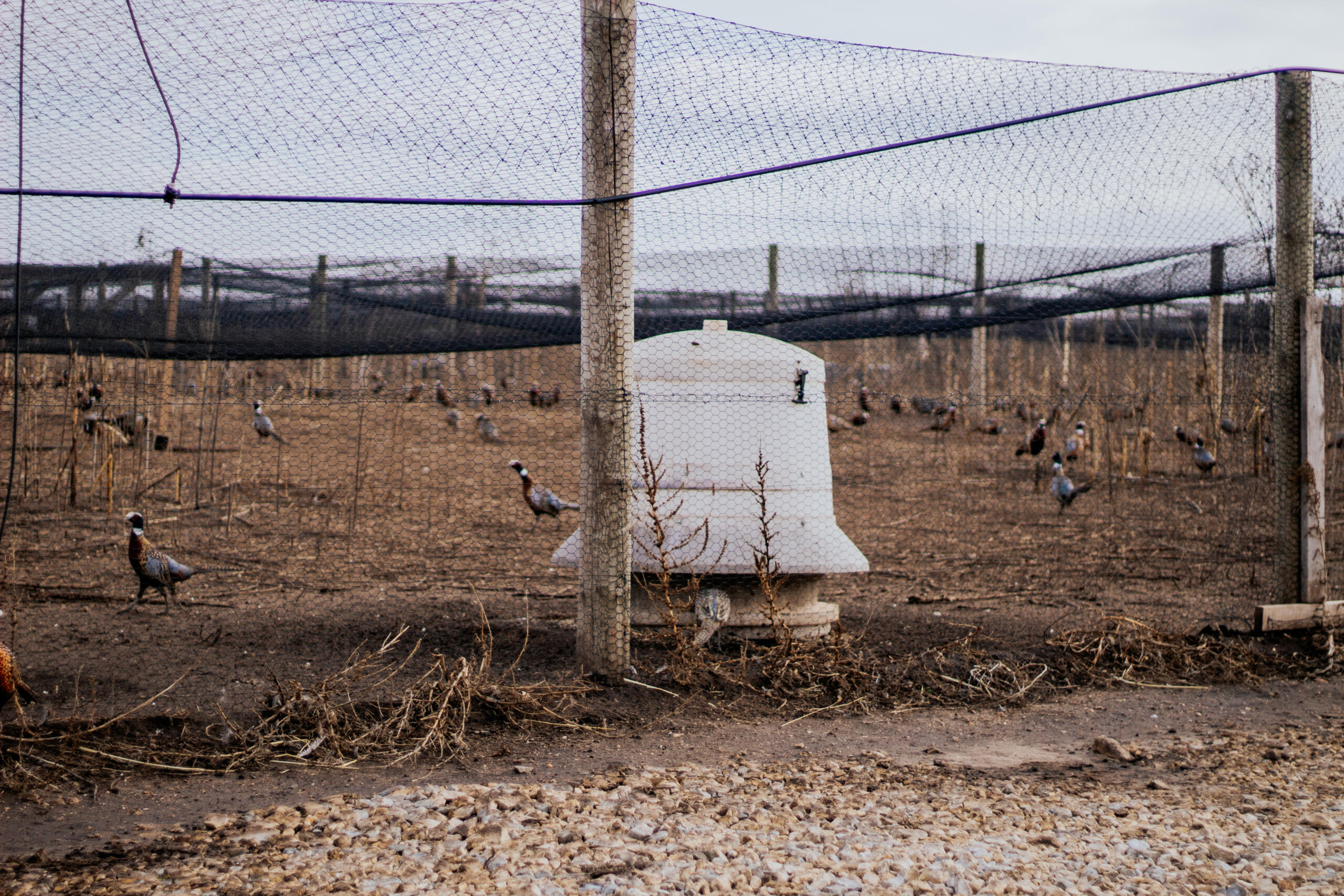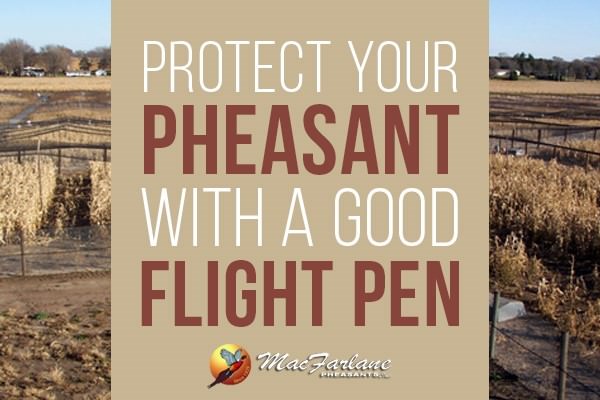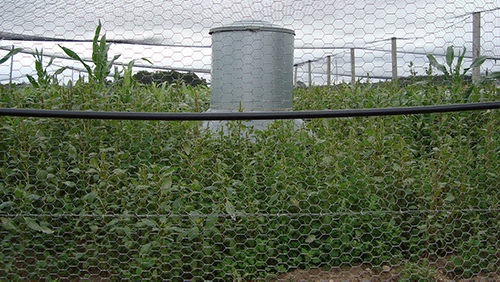Managing Summer Cover in Flight Pens is Critically Important
Ground cover in flight pens is critically important to protect pheasants and other wild birds at MacFarlane Pheasants. It requires time and energy to plan and manage the cover, but it is well worth it.
Ground cover in the pens is needed to provide shade in the summer from the sun, protect our birds from storms, and provide something to pick at so birds don’t pick at each other. In particular, pheasants can be aggressive if they don’t have enough space or cover to escape a more aggressive bird. Pheasants who pick at each other can cause wounds or damage to tail feathers.
Ground cover that remains until winter also helps to protect our birds from the cold winds. We manage the cover during the spring and summer to keep it from growing so tall that it damages the pen’s nets. Net damage can be a danger to our wild birds, allowing predators in or pheasants to escape. The primary purpose of the time and money put into flight pens is to keep game birds in and predators out. Protecting the nets from overgrown ground cover is an essential component of our work.
We keep 25 percent of the space inside the pens as open space. Careful planning is required to get plenty of cover and enough open space. We plant some crops and manage the returning ground cover. We usually plant corn or milo, if needed.
One of the returning weeds is lambsquarter. It is the best cover for pheasants because it doesn’t grow super tall, it provides good cover above the pheasants and has lower branches for the birds to pick at. Other weeds that will grow naturally are ragweed, smartweed, velvetleaf, and many types of grasses. Ragweed must be managed very carefully because it gets tall very fast. We go in and roll the ragweed over if it gets tall enough to damage the nets.
This year, Brett Hammon, Center Farm Manager, explained how he handled ground cover during 2020, on the 24.5 acres of pens he manages:
“I mainly let the natural weeds grow and just managed them. I only planted a few pens with corn. My pheasant pens are a total of 24.5 Acres and 18 of the Acres are cover because birds need 25% open space in pens. My Hun pens are 7.3 Acres, 5.5 acres being cover. So, this year I had to manage 23.5 Acres of cover between all my pens. To manage it, in the beginning of the year we mowed the tops of all the ragweed because it grows faster than the rest. This helped the rest of the weeds catch up. Later in the season, when the ragweed was almost touching the nets, we went into the pens and rolled the ragweed over before it went through the nets. It’s important to make sure nothing grows through the top nets because during a winter storm, when we drop the top nets, it is extremely difficult to put them back up if the weeds grow through them.”
Every year there are many decisions to be made about ground cover. Decisions are made in early spring about planting and managing existing cover. Ground cover can get out of control before you know it, without careful monitoring. Ground cover and nets are checked year-round due to the importance of protecting the wild birds raised at MacFarlane Pheasants.

Related Posts
A Journey of Expansion: Jim Clark’s Legacy & Our New 16 Acres of Pheasant Pens
Read Post
Preparing Our Barns & Pens Each Spring
Read Post
A Pheasant Farm’s Most Wanted List
Read Post
Cover Management in Flight Pens
Read Post
Thieves in the Night
Read Post
Fixing Feeder Issues in The Outside Pens
Read Post
Flight Pen Mortality Protection
Read Post
How To Construct Durable Pheasant Flight Pens
Read Post
Take Advantage of These Free Resources
As the biggest game bird farm in the United States, we want to share our experience with you. Download our free resources below and get started.



